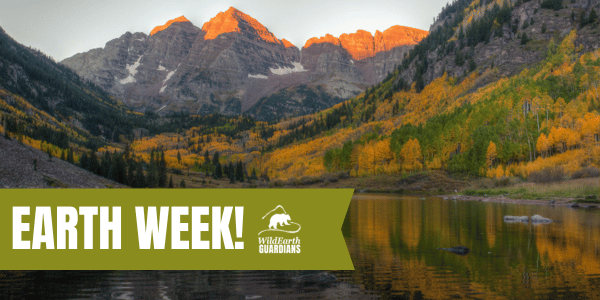Photo credit: Daniela Roth
Fickeisen plains cactus (Pediocactus peeblesianus fickeiseniae) | ESA status: endangered
Fickeisen plains cactus
The tiny Fickeisen plains cactus inhabits a limited range in Arizona. It is threatened both by the humans who illegally collect it and by the livestock that graze its habitat.
Fickeisen plains cactus habitat
Also known as the “Navajo pincushion cactus,” only 1,150 Fickeisen plains cacti in 33 populations have been documented since 1962 in the species’ limited range in northern Arizona. The diminutive plant (one to 2.4 inches tall, 0.8 to 2.2 inches in diameter) is scattered across deserts and grasslands managed by the Bureau of Land Management (BLM), the Navajo Nation, the Arizona State Land Department, and the U.S. Forest Service (USFS), and on privately owned lands. Most populations number fewer than two dozen plants, and some are represented by just one to two individuals.
Only six populations have recent survey information available and five of those are currently being monitored; the rest have not been visited in 18 years, and their status is unknown. The four monitored plots on BLM land show a 59.5 percent decline since 1992, and the plot on the Navajo Nation has suffered a 49 percent decline in the past five years.
What are the threats to the Fickeisen plains cactus?
Illegal collection by enthusiasts and commercial cactus dealers has contributed to the decline of many species in the genus Pediocactus, including the Fickeisen plains cactus. Additionally, like so many imperiled native plants in the West, the Fickeisen plains cactus is threatened by livestock grazing. In this case, livestock don’t consume the plant; they trample it. The small cacti are easily smashed under cattle hooves. Where livestock have reduced other available food sources, grazing has also been linked to increased predation on the cactus by rodents and rabbits. All populations of the cactus on BLM lands are within active grazing allotments.
The plant and its habitat are affected by drought. Invasive species such as cheatgrass inhibit seedling germination. The cactus populations are dominated by adult plants, but successful reproduction is rare.
Fickeisen plains cacti are protected under the Arizona Native Plant Law and the Convention on International Trade in Endangered Species (which regulates international trade of the plant), and the BLM and USFS have designated the cactus as a sensitive species. The Navajo Nation lists the plant among species “likely to become endangered” on the Navajo endangered species list. Navajo law mandates planning processes, protections, and penalties for harming listed species, which is more than is required under other state and federal designations for the cactus. The U.S. Fish and Wildlife Service first designated this rare cactus as a candidate for protection under the federal Endangered Species Act in 1980, and finally listed it as “endangered” in 2013.
Historical Significant Actions
Wildlife Press: Fickeisen plains cactus
Rare Arizona Cacti Receive Much-Needed Endangered Species Act Protections
Acuña cactus and Fickeisen plains cactus imperiled by prolonged drought, climate change
Read more >